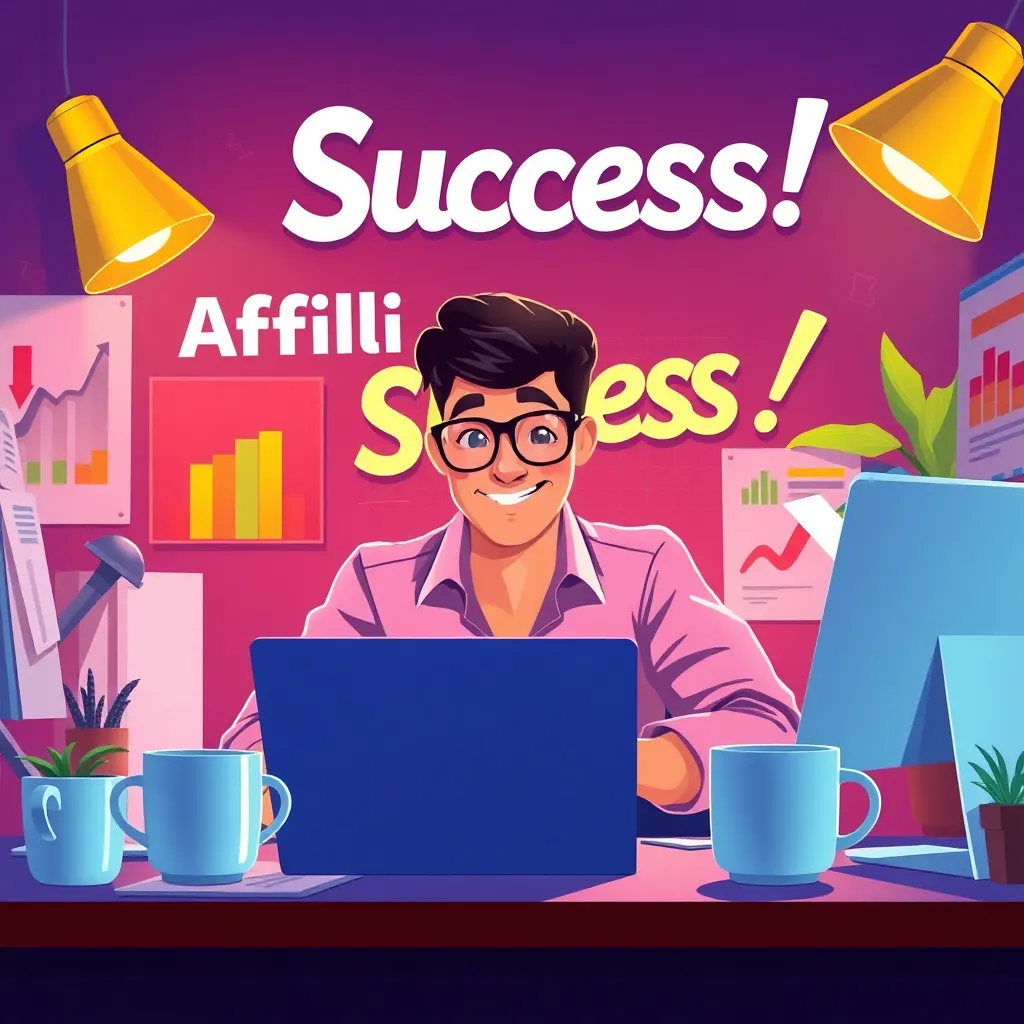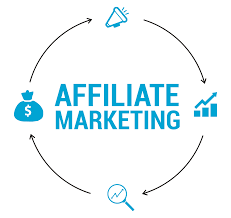
How to Get Your Blog on Page One in Google: Learning the Hard Way. This is an essential understanding for all bloggers
How to Get Your Blog on Page One in Google: Learning the Hard Way
When I first ventured into blogging, I was naive enough to think that great content alone would propel me to the top of Google’s search results. I spent countless hours writing what I thought were insightful articles, yet my blog seemed invisible. No matter how much effort I poured into my writing, it never translated into views or engagement. Frustrated and confused, I reached out to my mentor, Michael Cheney, whose insights transformed the way I approached blogging. He taught me lessons that went beyond typical SEO advice, focusing on targeted keywords, consistent content, and the power of offering unique value in a personal way.
The Power of Targeted Keywords
One of my earliest lessons was the power of keywords—and not just any keywords, but ones tailored specifically to my avatar, or ideal reader. Initially, I made the mistake of targeting broad and highly competitive keywords. This scattered approach meant my content was lost among thousands of similar articles, never reaching the audience I wanted.
Michael Cheney taught me that knowing your avatar inside and out is crucial. This meant understanding not only their demographic profile but their pain points, interests, and what they’re searching for online. Here’s what that shift looked like:
- Identifying Long-Tail Keywords: Instead of going after generic terms like “blogging tips,” I began focusing on specific, long-tail keywords like “SEO blogging strategies for new writers.” These phrases are more precise and reflect what my target audience is actually searching for.
- Keyword Intent: Cheney stressed the importance of matching content with user intent. Was my avatar looking for beginner guides, in-depth analyses, or quick solutions? Tailoring my content to meet these needs helped me connect with readers who were more likely to engage and share my posts.
Content Volume and Consistent Quality
The next hurdle was balancing volume with quality. Like many beginners, I struggled to maintain a consistent posting schedule without sacrificing the depth and quality of my content. I thought posting frequently was enough, but Cheney set me straight: Google rewards not just quantity, but high-quality, valuable content that keeps readers engaged.
- Consistency Without Compromise: Publishing on a regular basis was important, but the key was ensuring that every post added significant value. This meant planning and structuring my content calendar to focus on well-researched, comprehensive articles.
- Depth Over Fluff: Instead of churning out short, generic posts, I began creating long-form content that answered questions my readers might have. This approach kept visitors on my site longer, reduced bounce rates, and signaled to Google that my content was worthy of higher placement.
Offering Unique Value in a Personal Way
What ultimately set my blog apart wasn’t just good SEO or keyword optimization, but the unique value I offered. Cheney was clear: readers want more than just recycled information—they want a personal touch. This was a game-changer for me.
- Injecting My Story: By weaving personal anecdotes and insights into my posts, I created a connection that purely factual content could not achieve. It turned my blog from just another source of information into a relatable, human experience.
- Adding Unique Perspectives: I learned to look at popular topics and add my own spin. Rather than echoing what was already out there, I focused on providing fresh viewpoints or diving into less-explored aspects of a subject.
Cheney’s guidance emphasized that offering value means being different. Readers are drawn to a voice that is authentic and relatable. This not only improves engagement but also encourages sharing and return visits, which are key to sustaining high search engine rankings.
The Results and What I Learned
Applying these lessons wasn’t easy. It required a mindset shift, patience, and persistence. But as I refined my strategy—targeting the right keywords, publishing consistently high-quality content, and infusing my work with personal stories—I saw my blog posts gradually move up the search rankings. Achieving page one status wasn’t instant, but the growth was steady and sustainable.
In the end, getting your blog on page one of Google isn’t about quick hacks; it’s about aligning your strategy with your avatar’s needs, maintaining quality, and offering a perspective only you can provide. Thanks to Michael Cheney’s mentorship, I learned that true success lies in creating content that serves readers, stands out in a crowded space, and reflects your unique voice.

